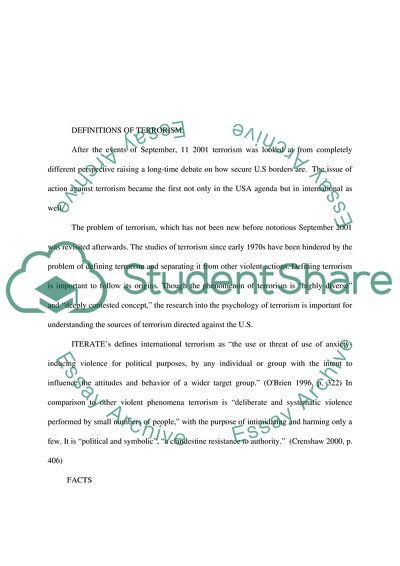Cite this document
(Modern Age Terrorism and Its Threats in the US Term Paper, n.d.)
Modern Age Terrorism and Its Threats in the US Term Paper. Retrieved from https://studentshare.org/military/1722901-terrorism-and-society-term-paper
Modern Age Terrorism and Its Threats in the US Term Paper. Retrieved from https://studentshare.org/military/1722901-terrorism-and-society-term-paper
(Modern Age Terrorism and Its Threats in the US Term Paper)
Modern Age Terrorism and Its Threats in the US Term Paper. https://studentshare.org/military/1722901-terrorism-and-society-term-paper.
Modern Age Terrorism and Its Threats in the US Term Paper. https://studentshare.org/military/1722901-terrorism-and-society-term-paper.
“Modern Age Terrorism and Its Threats in the US Term Paper”. https://studentshare.org/military/1722901-terrorism-and-society-term-paper.


